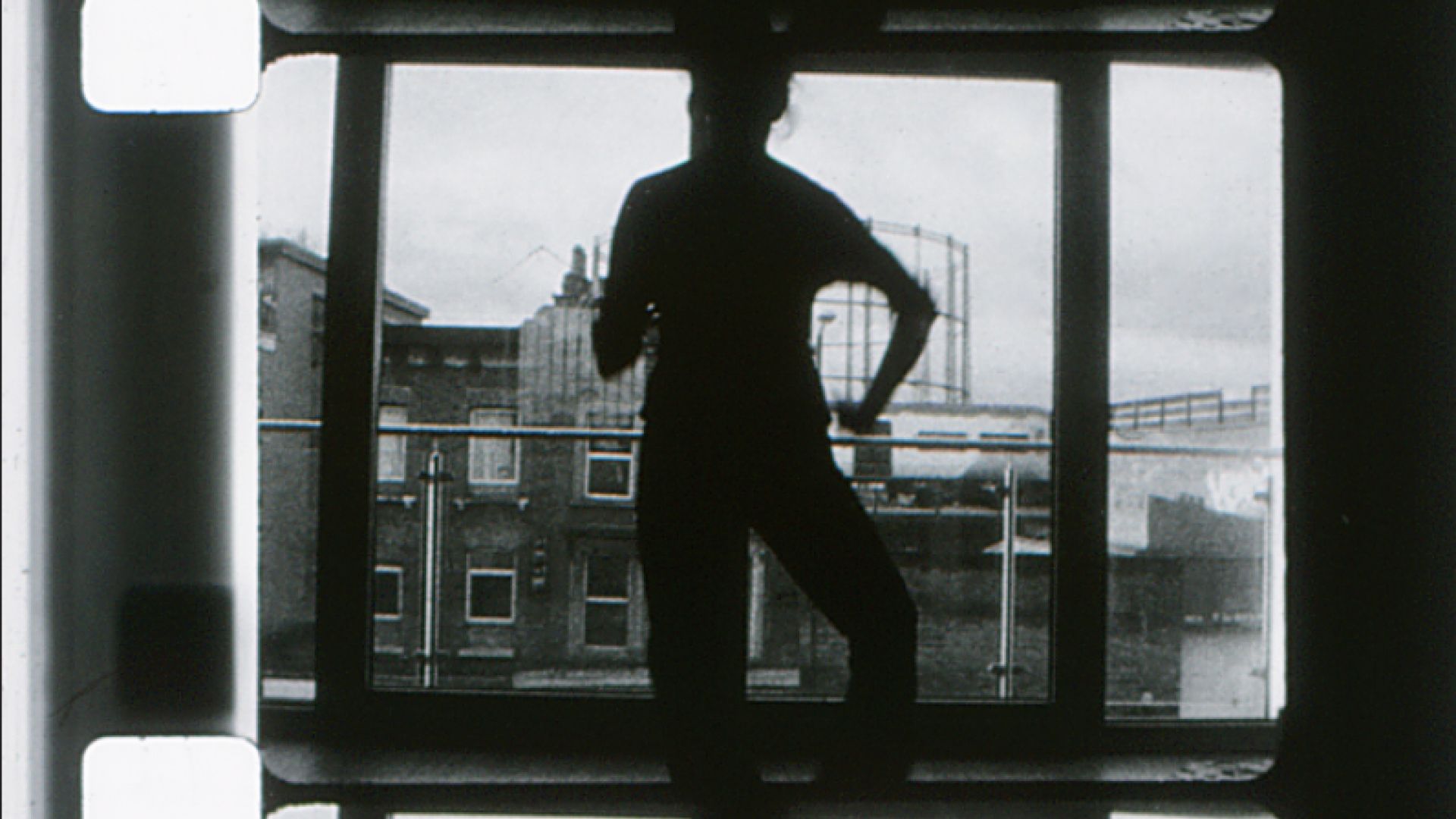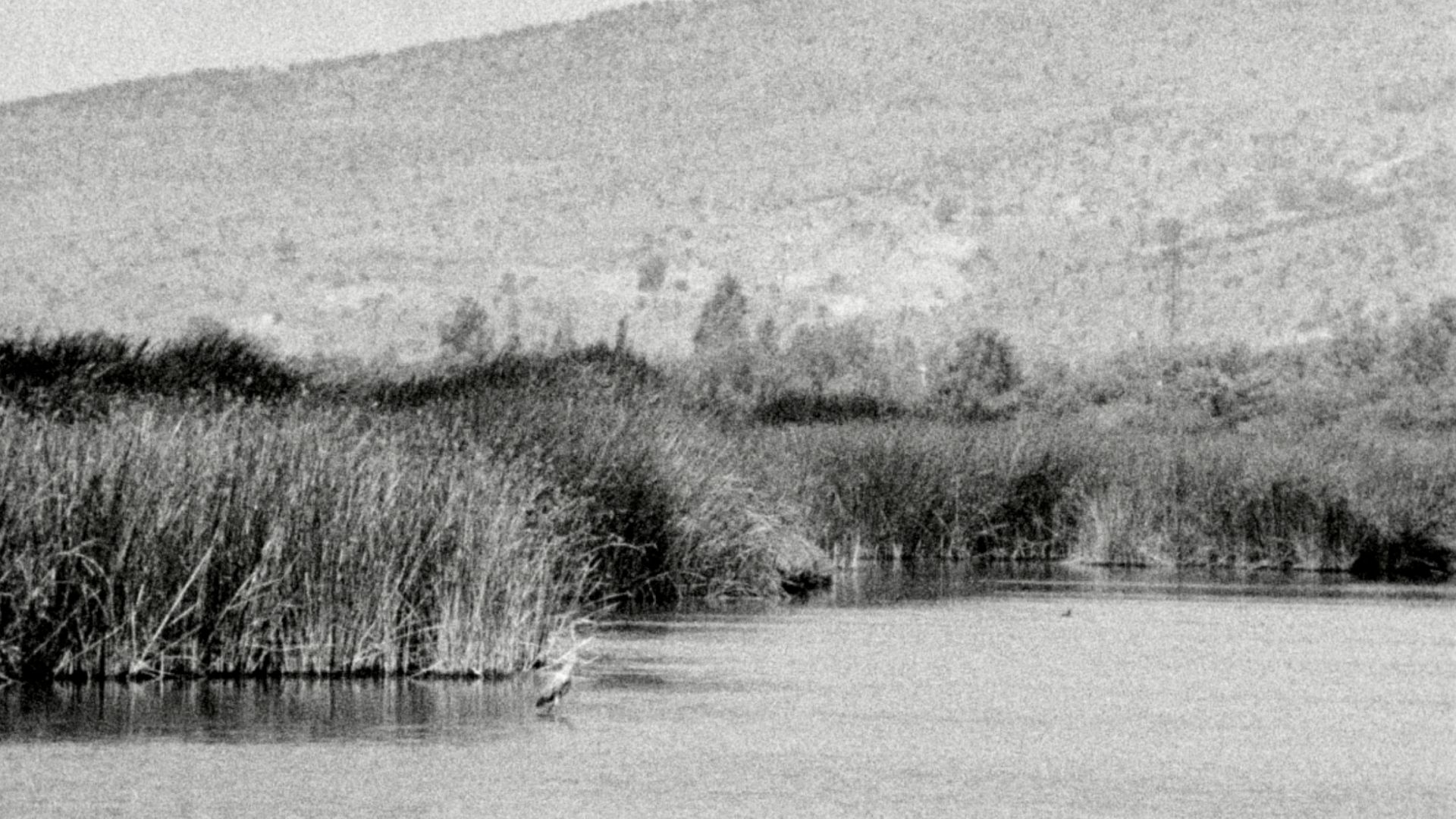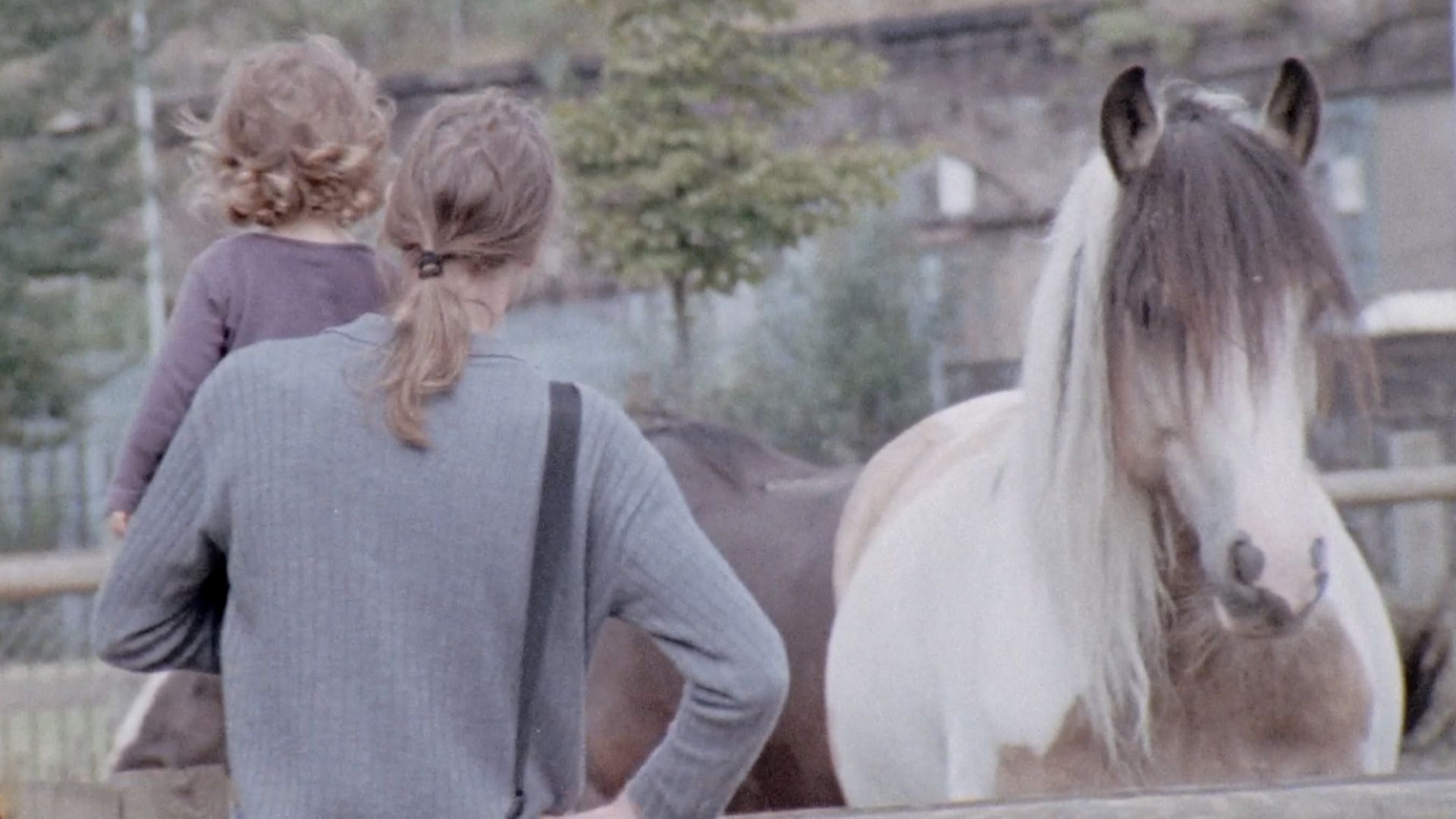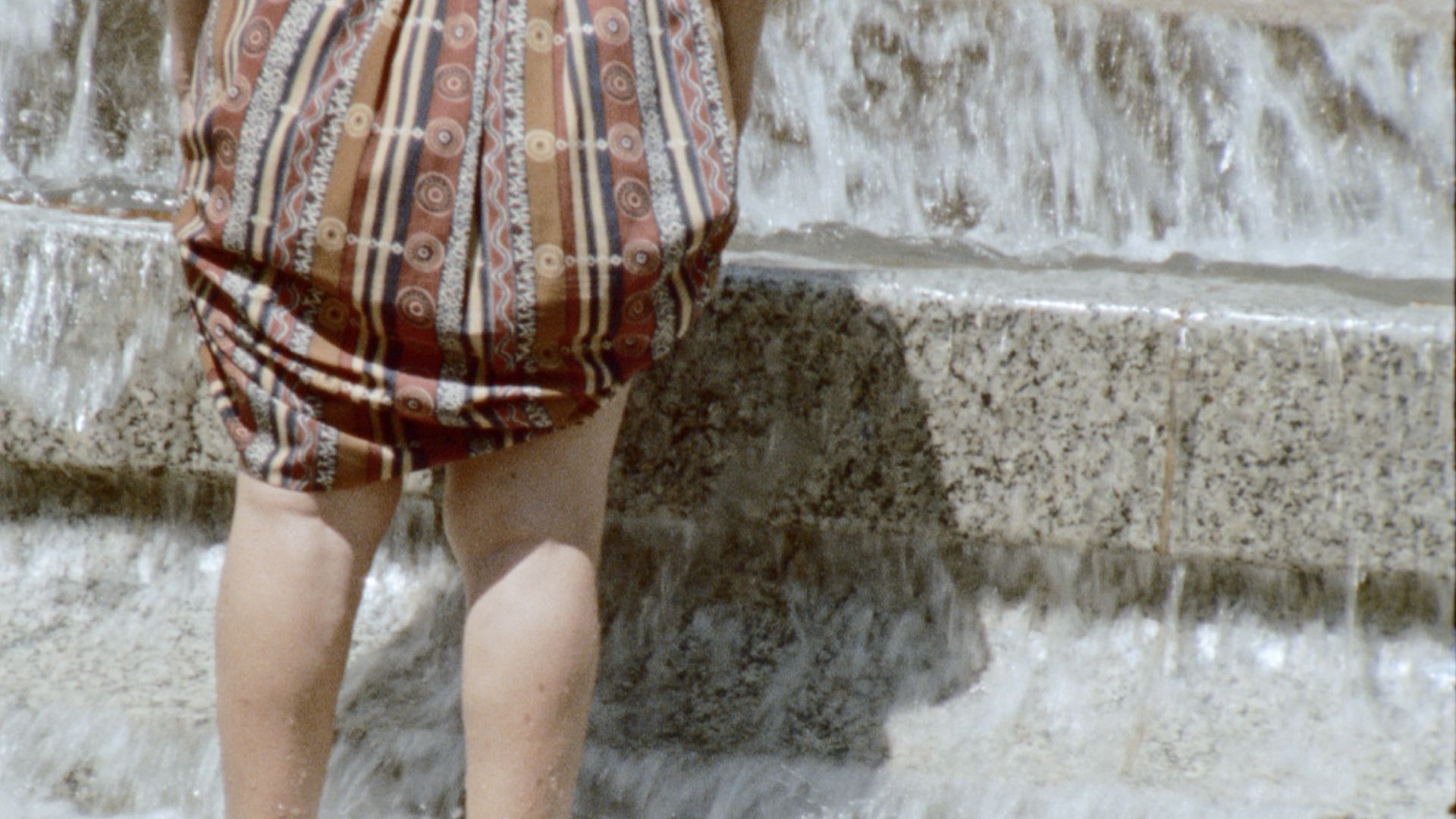JEANNETTE MUÑOZ
PROGRAMAME 1
Filmoteca de Galicia | Thursday June 5th | 7:30 pm | Free entry to all venues until full capacity. It will not be possible to enter the venues after the screening has started.

Envíos 2005‒2025
Jeannette Muñoz | 2005–2025 | Chile, Switzerland | 16 mm | 30 min
A selection from the series Envíos, including:
ENVÍO 1 (2005) for Ute Aurand, Berlin
ENVÍO 5 (2006) for Cristobalina Huaiquián, Santiago, Chile
ENVÍO 8 (2009) for Helga Fanderl, Paris
ENVÍO 13 (2009) for Claudia Muñoz, Santiago, Chile
ENVÍO 21 (2009) for Barbara Figueroa, Santiago, Chile
ENVÍO 25 (2011) for Varinia Canto Vila, Brussels,
ENVÍO 30 (2017) for Claudio Maturana, Santiago, Chile
ENVÍO 35 (2024) for Juan Valdivia, Chile
ENVÍO 36 (2024) for Ninfa, Temuco, Chile
ENVÍO 37 (2025) for Helga, Ute, Aaron and Robert, Switzerland
ENVÍO 41 (2025) for Eliana Candia, Santiago, Chile

Humedal (Wetland)
Jeannette Muñoz | 2023 | Chile, Switzerland | 16 mm | 3 min
Humedal was created as a commission from IU Libraries Moving Image Archive to honour the centenary of non-flammable 16 mm film. It shows the Batuco wetland in the metropolitan region of Chile. This area is a fundamental part of the ecosystem, and it acts as an important resting place for migratory birds. Despite its significant importance, the Batuco wetland faces constant threats due to environmental pollution and the lack of regulation over agricultural activities in its environs. Nevertheless, it persists. (Jeannette Muñoz)

El Cortijo (work in progress)
Jeannette Muñoz | 2025 | Chile, Switzerland | 16 mm | 10 min
For more than 20 years, I have been filming the neighbourhood where I grew up—a working-class neighbourhood on the outskirts of Santiago, Chile. Once a year, I travel from Zürich to El Cortijo and film what I miss and the people I love. Family, friends, neighbours and animals appear with no hierarchy in this fragmented portrait. (Jeannette Muñoz)

Fuente Alemana
Jeannette Muñoz | 2025 | Chile, Switzerland | 16 mm | 10 min
This film portrays the transformations of a commemorative monument from the German colonization of the Walmapu territory in Chile—a gift from the German colony to Chile—exploring its significance at two moments separated by 15 years. In the heat of January 2004 in Santiago, the fountain becomes a symbolic event: families from the marginalized outskirts of the city visit it and transform it into a public pool, redefining its political and social character, despite the prohibition against using it for bathing. During the Chilean social uprising in October 2019, the monument emerges as a visual platform for widespread discontent, reflecting the tensions and struggles of a society in search of justice, memory, and urgent transformations. (Jeannette Muñoz)
JEANNETTE MUÑOZ
THE INFINITE FILM
In an interview in the book Jeannette Muñoz. El paisaje como un mar (The landscape as a sea)*, she herself describes her cinema as a collection of fragments, which in turn she compares to the bricks of a building: every one of them is a fundamental part of a whole, but at the same time there are no hierarchies among them. As with bricks, these fragments are used to build various structures, assembling and disassembling them in a sort of ever-changing film to which things are continuously happening, just like a life to which experiences are constantly being added. This is because although her filmography includes works that have been completed as well as projects that never are, there is always the concern for adapting the films’ presentation to the present, while also understanding the layers of the past that have been superimposing themselves upon them, like the lines of expression on a face that smiles at us today, containing within itself all the smiles from the past.
The subject of Jeannette Muñoz’s cinema is the world, meaning the world around her, the world she observes from a personal and political perspective. Muñoz left her native Chile to go to Europe and round off her experience and education in analogue photography, finally settling down in Zurich, where she still resides today. Although at first she was primarily concerned with matters of photochemistry, the alchemy of emulsions and the material processes of photography, when her work shifted to cinema she became occupied with other things, though this did not mean she abandoned her interest in the medium. In this case, she turned her attention to her surroundings, to the important people and places in her life. In her films there are portraits of people, landscapes, animals (dogs, birds); there are social gatherings and there are people doing jobs. There is, to sum up, a person who is sensitive to what is happening around her. Muñoz films over time, accumulating layers and strata that add up to the infinite film that is her work as a whole. Within these strata of time, there is also a historical density that is not always evident. Not only—or not always—do they refer to the times of a life, but to past and present events that hold in them certain places, certain images, vestiges of the pain of a ruthless colonialist world.
Her migrant status seems to underpin her work in projects where she keeps up her ties with Chile (such as El Cortijo about her neighbourhood in Santiago, and Puchuncaví, about a coastal land near Valparaíso), as well as in films like Envíos (Dispatches), where she transforms a private letter format into a public one. They are films that contain within them the need to share an experience with people who are far away. A migrant’s perspective is at the same time a perspective from within and from without.
The two programmes we are dedicating to her feature some of her most important projects over the past few years. The first programme includes a selection from her series of Envíos, which has now spanned twenty years. The Envíos (Dispatches) are letter-films to a specific recipient. They are numbered units made up of fragments, a selection of which Muñoz is bringing to us with which she constructs a new arrangement on this occasion. Following Envíos, there are three films focusing on specific locations. The first is Humedal (Wetland), which silently observes natural life in this space. Then El Cortijo is a new montage of fragments filmed over the years in the humble neighbourhood where Muñoz comes from, in Santiago (Chile), with her neighbours. Fuente Alemana (German Fountain) focuses on the monument of the same name in Santiago, Chile, a gift from the German government to the Chilean Republic, which has also accumulated within itself the layers of history implied by that relationship with Europe, as well as recent events such as the social unrest known as el estallido and its aftermath.
The second programme is dedicated to Puchuncaví, which begins as a project connected to a location and then becomes a broader concept. Puchuncaví is a region near Valparaíso with a beach where many people spend their summers, with large industrial structures looming over it, invading the landscape. Within this coexistence of elements, Muñoz captures complex feelings and thoughts set in motion by the very act of observing. There is an aggressive presence that becomes invisible to people and to the life that continues to flow despite the ugliness and capitalism. There is a landscape, people, and animals that survive in an environment sacrificed to progress. Only at one point is Puchuncaví no longer bound to the territory, but also includes other places and sensitive experiences from Muñoz’s own life. In this presentation of Puchuncaví, the session opens with the performance Fragmentos, in which the artist publicly presents her editing process on the Moviola, and we can witness her understanding of images and cuts. On this occasion, this process is placed in parallel with that of a sewing machine (a device related, incidentally, to cinema apparatus). After that, we will look at the final cut of Puchuncaví, as it is now, in June 2025, but which will change, grow, or become something else as the time taken to observe, wait and shoot continues to accumulate. This is how Muñoz’s infinite films are constructed—free from hurry and hasty conclusions, from categorical affirmations, and always open to the shifting, malleable nature of things.
Elena Duque
*Published by Francisco Algarín Navarro in Lumière in 2017.
